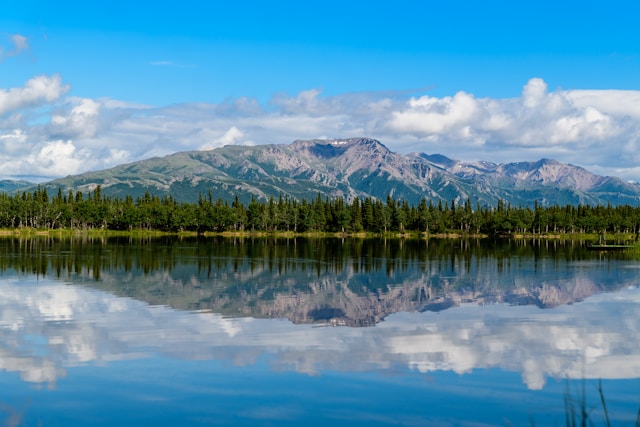Borrowers have been stung with another interest rate hike though if inflation continues to ease according to the Reserve Bank’s plan, mortgage holders could be spared any further tightening.
The 25 basis point increase to the official cash rate to 4.35 per cent was the 13th in the RBA’s fight against inflation and widely expected by economists amid persistent price pressures.
Some economists believe the central bank has found its interest rate peak, including teams at Commonwealth Bank and AMP.
Though RBA governor Michele Bullock kept the possibility of more tightening alive in her post-meeting statement.
NAB economists are among those expecting one more interest rate hike, but in February, after the December quarter inflation numbers are released.
Rich Insight economist Chris Richardson said the bank “softened its words just a little” in relation to the need for future interest rate hikes.
“Now that it’s put an extra notch on the belt, an extra swing of the baseball bat, is it starting to hope that he doesn’t need to do it again? That would be my hope too,” Mr Richardson told Sky News.
Though another shock that adds to inflation pressures, such as an escalation of the conflict in the Middle East that pushes up energy prices, more tightening may be needed, he said.
Governments have also been under pressure to do more to combat inflation.
Assistant Treasurer Stephen Jones said the government was exercising fiscal restraint in order to not make inflation higher.
“We’re delivering, ensuring that as new revenue comes in that it’s banked and goes towards paying down the previous government’s debt and bringing down the deficit, fiscally responsible, not doing the cash handout thing,” he told Sky News.
“We’re doing what we can to ensure targeted cost of living relief, which is actually helping to bring inflation down.”
Opposition finance spokeswoman Jane Hume said the federal government was not doing enough and leaving it up to the RBA to do the heavy lifting.
“There has been so much money that has left the building without reference to a budget or without reference to a business case – that’s the extra spending that is potentially fuelling the fires of inflation,” she told reporters on Wednesday.
The $3 billion in funding for social housing to attract the Green’s support for the Housing Australia Future Fund was used as an example of “money flowing out the door”.
She said the funding for social housing was probably not fuelling the inflation crisis in isolation but those sorts of budget decisions were collectively adding to price pressures.
Mr Richardson said fiscal policy could be doing more to help the inflation situation but it was “complicated”.
Governments should be doing what they can to ease the pain on those feeling it the most acutely, he said, but that amounts to putting more money into the economy that is already battling high inflation.
“It doesn’t make great political sense because walking and chewing gum actually means giving extra money to people who are hurting the most but taking money away from elsewhere in the economy to lower the overall inflationary impact of what the government is doing,” he said.
Delaying or slowing major public infrastructure projects was floated by the International Monetary Fund last week to take pressure off inflation in the short term.
The federal government is presently reviewing the substantial infrastructure and is conscious of its inflationary impact.
Poppy Johnston and Andrew Brown
(Australian Associated Press)





